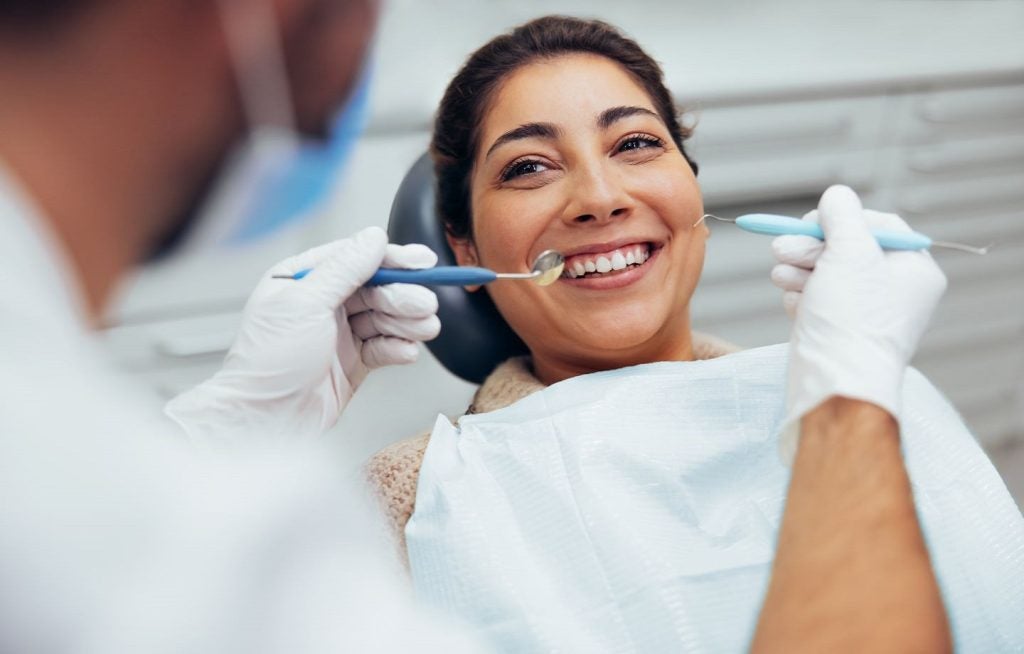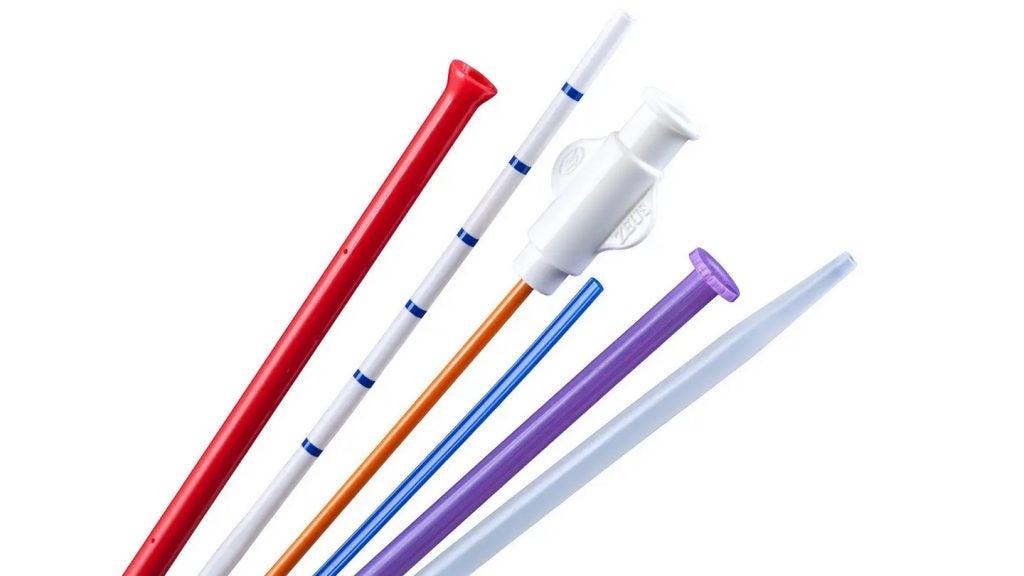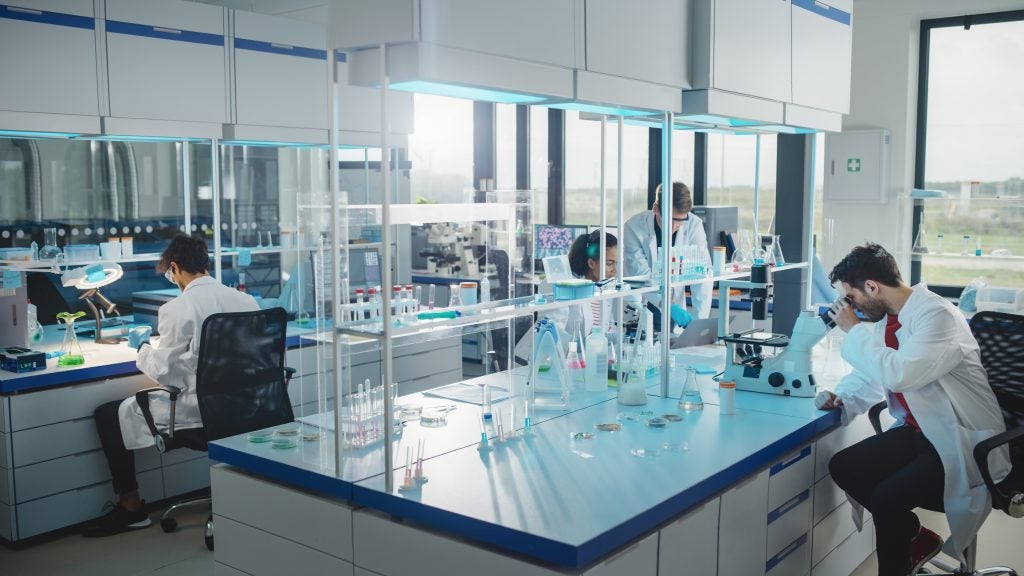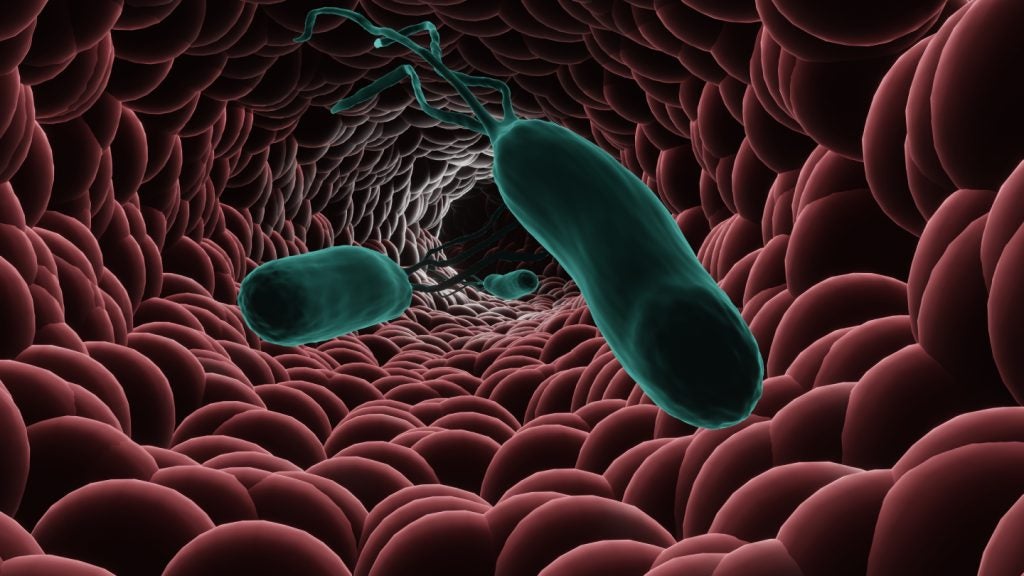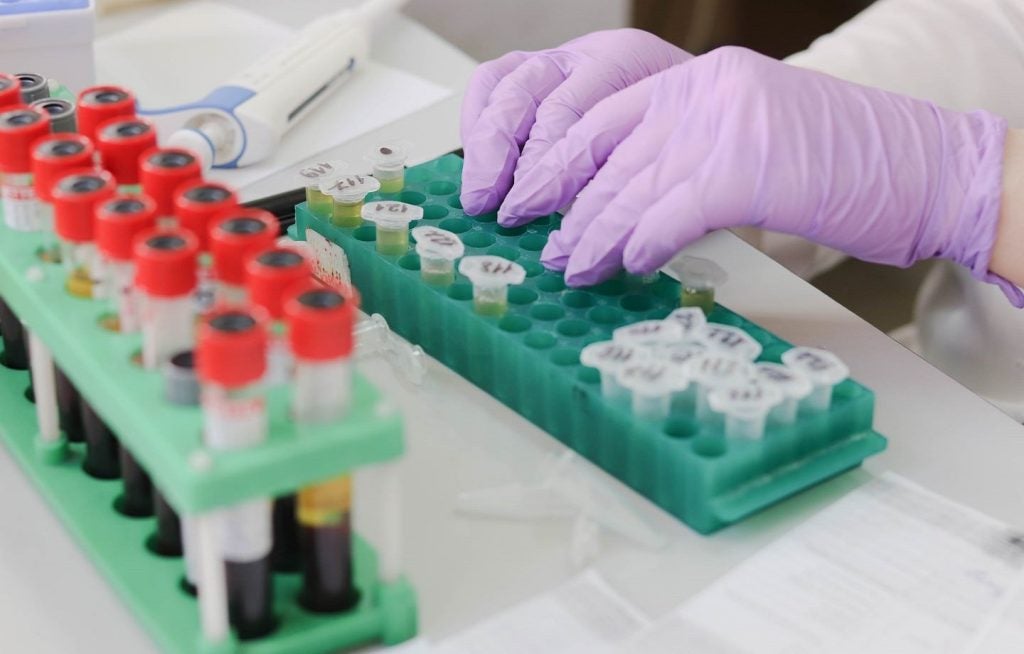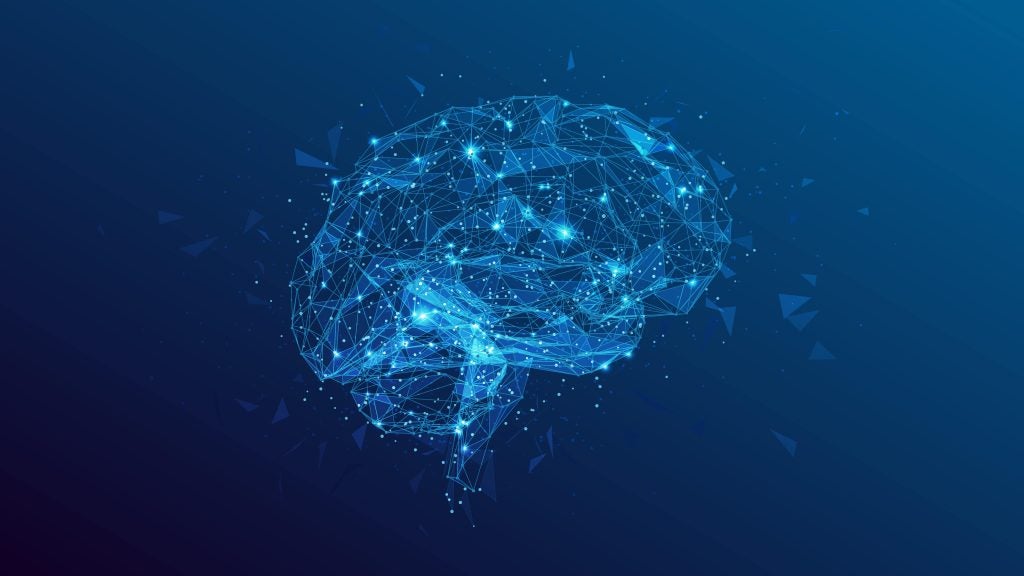Align Technology has obtained 510(k) clearance from the US Food and Drug Administration (FDA) for its direct 3D-printed device, Invisalign Palatal Expander System, designed to address skeletal and dental expansion in growing patients.
The approval is for a wide range of patients, including teenagers, growing children and adults.
Leveraging advanced patented technology, the device is suitable for rapidly expanding and subsequently holding the skeletal and/or dental narrow maxilla (upper jaw) in patients with primary, mixed, or permanent dentition during their treatment.
It is the company's first direct 3D-printed orthodontic device that serves as a better alternative to conventional expanders that require turning a screw in the device manually in the mouth every day to achieve expansion.
The system includes a series of removable devices that are arranged in small increments of movement for expanding the narrow maxilla of a patient to a position determined by their treating physician.
Each direct 3D-printed device is tailored to the patient's specific anatomy based on an iTero intraoral digital scan.
Later on, Align's orthodontic software powered by artificial intelligence (AI) is deployed to create a treatment strategy and design a device for palatal expansion.
When paired with Invisalign First aligners, Invisalign Palatal Expanders offer a comprehensive early intervention solution for Phase I treatment, addressing orthodontic issues in young patients.
Invisalign First clear aligners are produced to treat various orthodontic issues in younger patients, such as short clinical crowns, guiding erupting teeth, and predictable expansion of dental arches.
Align Global Clinical senior vice-president Dr Mitra Derakhshan said: “Together with Invisalign First aligners, Invisalign Palatal Expanders provide doctors with a solution set to treat the most common skeletal and dental malocclusions in growing children.
“The addition of mandibular advancement features to Invisalign aligners also provides doctors with more options for treating skeletal and dental jaw imbalances and bite correction for their growing patients during their teenage years.”


